Hanok Stay Kkachi [Korea Quality] 한옥스테이 까치[한국관광 품질인증]
224.8M 2024-04-07
74-5, Eunhaeng-ro, Wansan-gu, Jeonju-si, Jeonbuk-do
+82-504-0904-2640
Kkachi (‘Magpie’) is a private hanok stay in Jeonju Hanok Village, Jeollabuk-do. This house has been painstakingly remodelled by the owner to create a stylish and relaxing space inside a hanok frame. The result is a merger of the traditional hanok style with modern convenience, such as the large number of windows which bring light into the space. In the garden, guests will find seating and a footbath, while a pool for children can be rented.
Neulbomstay (늘봄스테이)
240.8M 2024-12-23
74-11 , Eunhaeng-ro, Wansan-gu, Jeonju-si, Jeonbuk-do
+82-63-231-3040, +82-10-7742-6738
The Traveler, located in Jeonju, Jeollabuk-do, is a pleasant place to stay for families in particular. Apart from the charm of staying in a hanok, visitors can experience traditional games of chance like the Twelve Bridges Game and the Pumpkin Wheel Game. Each room is equipped with a bathroom/toilet, and residents can use the kitchen in the main house to prepare meals.
Damun (다문)
243.5M 2024-04-07
74-8, Eunhaeng-ro, Wansan-gu, Jeonju-si, Jeonbuk-do
+82-63-288-8607
Situated in Jeonju Hanok Village, Gyo-dong, Jeonju-si, Damun serves Korean table d’hote in a restaurant divided into large and small rooms within a hanok building structure.
Seohak Art Village Library (서학예술마을도서관)
243.1M 2024-04-06
12-1 Seohak-ro, Wansan-gu, Jeonju-si, Jeonbuk-do
Seohak Art Village Library opened June 2022 in Jeonju, Jeollabuk-do. The library consists of nearly 1,000 books, making it rather small. However, the library makes up for its size with pretty decorations, making visitors want to stay longer. The library is located in an old building that was previously a cafe and gallery, so the library feels more like a book cafe.
Gyodonggaon (교동가온)
252.2M 2024-08-05
73-1 , Eunhaeng-ro, Wansan-gu, Jeonju-si, Jeonbuk-do
+82-63-231-2355, +82-10-5106-3355
Gyodong Gaon is a two-story hanok stay on the main street of Jeonju Hanok Village, Jeollabuk-do. The yard contains a small garden, a jangdokdae (jar stand), a furnace and a mural that has become a popular place for photos. The upper floor guestroom Numaru (‘Loft’) offers a panorama of the village. The first floor Meomulda (‘Lodging’) guestroom has a door between bedroom and living room. Nanuda (‘Sharing’) on the 2nd floor is the largest room, while Damda (‘Contain’) and Ggumggu (‘Dreaming’) both have attics. Finally, Geurida (’Drawing’) is a room with a fine view. Traditional games such as Hoops and Tuho can be played without charge.
Yangsajae (문화공간 양사재)
253.3M 2024-08-05
40 , Omokdae-gil, Wansan-gu, Jeonju-si, Jeonbuk-do
+82-63-282-4959
In Joseon times Yangsajae hanok stay in Jeonju Hanok Village, Jeollabuk-do, was part of the Jeonju hyanggyo or local Confucian school - a place of study and scholarship. Later the poet Lee Byeong-ki lived and wrote here, and later still, in 1987, the house became a public elementary school. Since 2002 it has been a hanok stay dedicated to cultural tourism and promotion of local history and traditions.
Veteran Kalguksu (베테랑칼국수)
257.3M 2025-10-28
135 Gyeonggijeon-gil, Wansan-gu, Jeonju-si, Jeonbuk-do
Veteran Kalguksu, located in Jeonju Hanok Village, has been operating since 1977, attesting to the great taste of their broth, made using sesame, meal, and eggs. The noodles are also cut much thinner than other restaurants, while maintaining their chewy texture. Another popular menu at the restaurant is their kongguksu.
◎ Travel information to meet Hallyu’s charm
The restaurant was a favorite spot for the cast of the drama “Twenty Five Twenty One.” Lead actress Kim Tae-ri, who played Na Hee-do, even visited for breakfast during her vlog shoots. She drew attention for enthusiastically finishing a bowl of noodles down to the last strand. Nearby is the private rental house “2521,” which was featured as Hee-do’s home in the drama, making it worth visiting after enjoying a meal at the restaurant.
The Hanok (더 한옥)
272.6M 2024-12-23
68-15 , Eunhaeng-ro, Wansan-gu, Jeonju-si, Jeonbuk-do
+82-10-2189-4002
The Hanok, located in Jeonju, Jeollabuk-do, is a large hanok guesthouse built of beautiful tradition materials - cypress wood, red clay, and traditional hanji paper. The largest of the 7 rooms (Gwibin - ‘Special Guest’) has a king-size bed, ondol underfloor heating, and a massage bed, making it suitable for two families. One room has an attic, one has an red clay bed, and one has a bunk bed made of re-used traditional materials. In the spacious yard, guests can enjoy delightful moonlight tea parties.
2521 (이오이일)
335.8M 2025-07-18
5-19 Omokdae-gil, Wansan-gu, Jeonju-si, Jeonbuk-do
2521, pronounced yi-o-yi-il in Korean, a private guesthouse located in Jeonju Hanok Village. It was made popular as Na Hee-do's house in the drama "Twenty-Five, Twenty-One (2022)." Upon booking, the owner will set the scene just like from the drama. Guests can enjoy a barbeque party at the yard and the view of the hanok village from the rooftop. The guesthouse can accommodate up to eight guests.
Jeonju Handicraft Exhibition Hall - Jeonju Hanok Village Branch [Tax Refund Shop] (전주공예품전시관 전주한옥마을)
349.0M 2024-04-19
15, Taejo-ro, Wansan-gu, Jeonju-si, Jeollabuk-do
-
![Hanok Stay Kkachi [Korea Quality] 한옥스테이 까치[한국관광 품질인증]](http://tong.visitkorea.or.kr/cms/resource/39/3009439_image2_1.jpg)
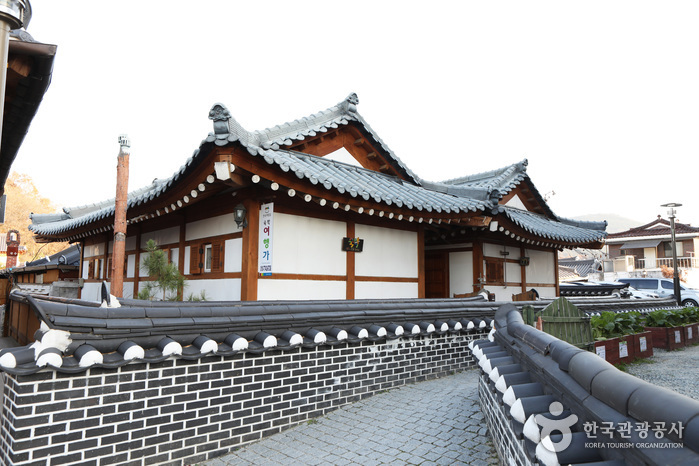

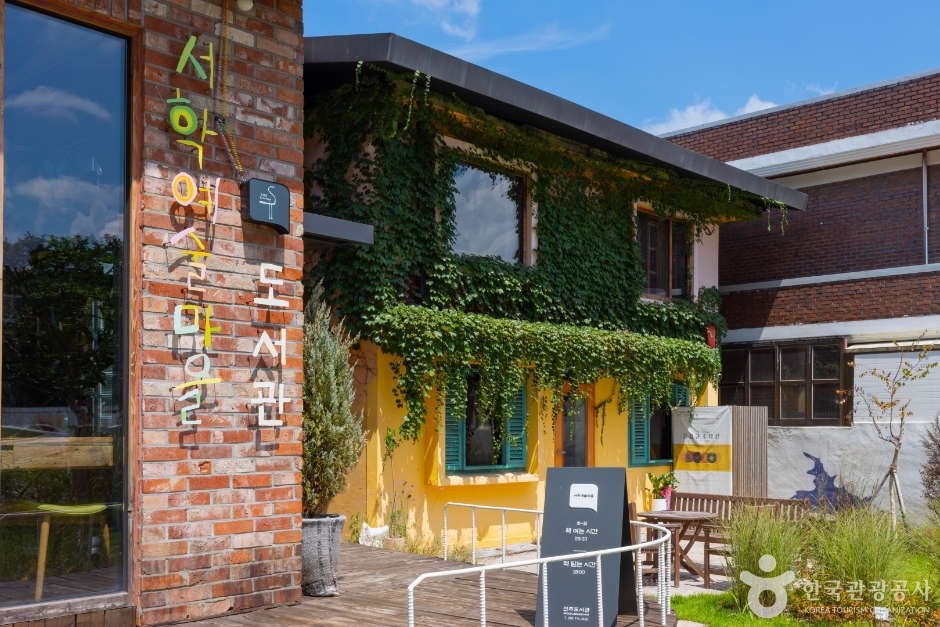
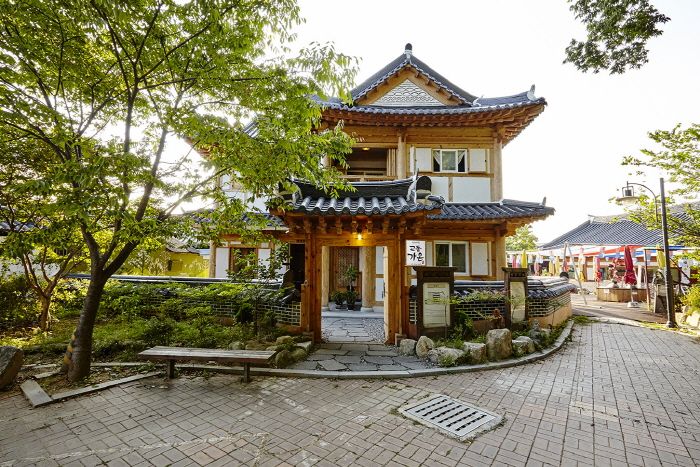
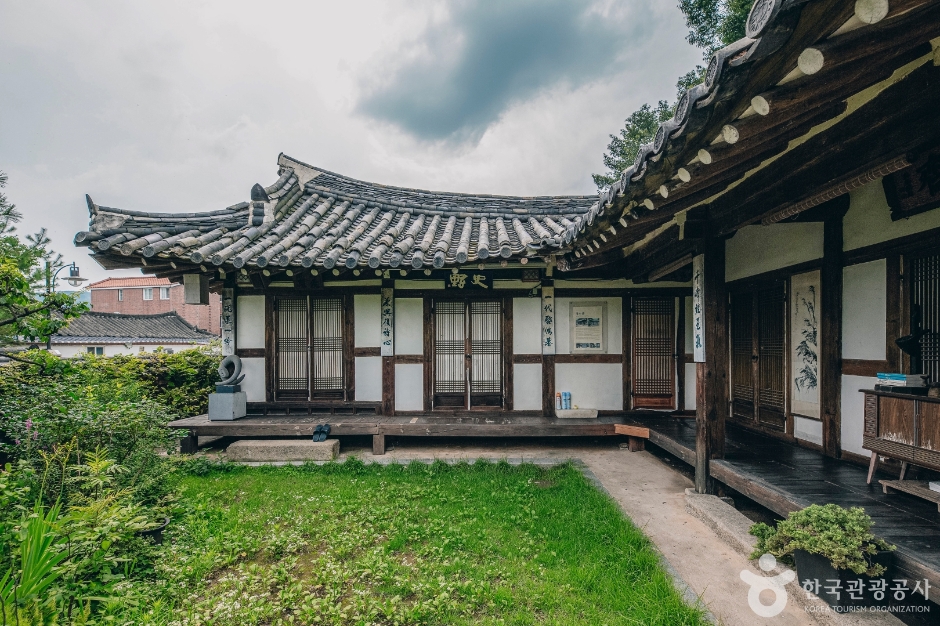

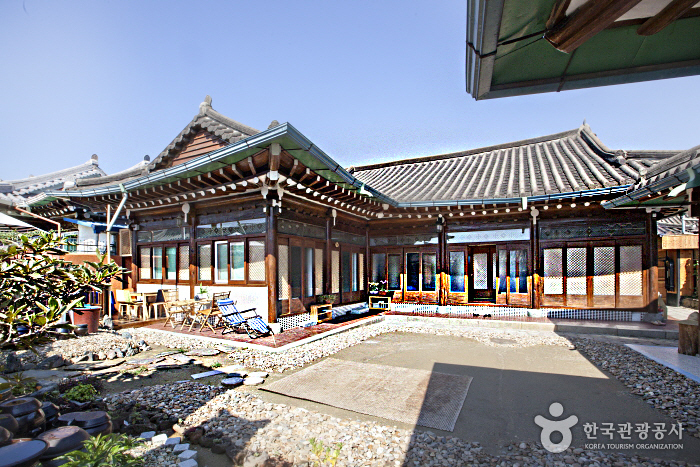
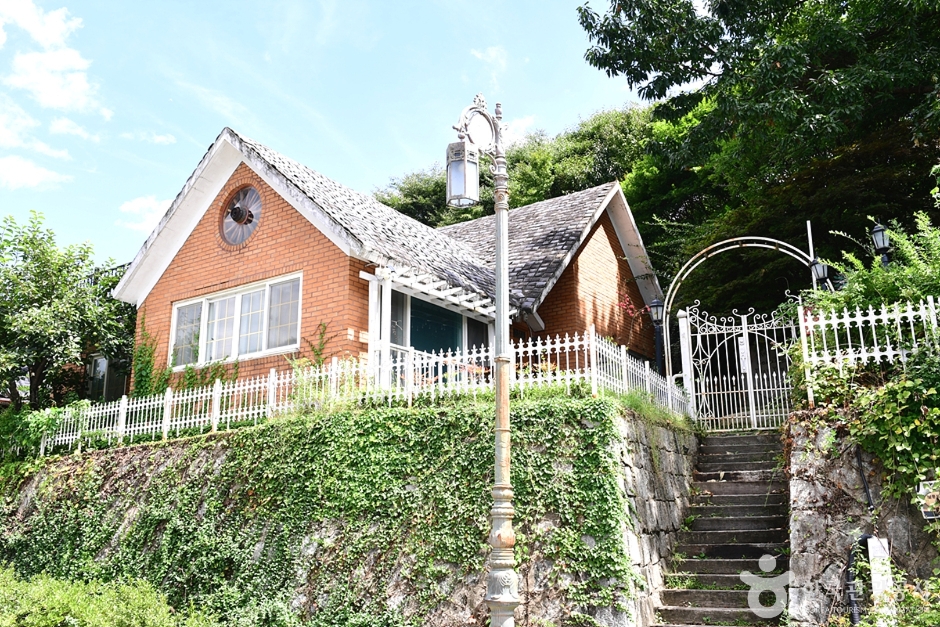
 English
English
 한국어
한국어 日本語
日本語 中文(简体)
中文(简体) Deutsch
Deutsch Français
Français Español
Español Русский
Русский